Skoda Fabia Buyer's guide review
Overview
Skoda is one of the world's largest and oldest car manufacturers, owned by the German car giant Volkswagen Group, and the 3rd oldest car manufacturer in the world. Skoda Vehicles originated in the Mlada Boleslav city of the Czech Republic and will always be the home of Skoda. In 2015, Skoda was voted the most dependable car brand in the United Kingdom. Skoda automobiles are sold in over 100 countries, and in 2018, total global sales of Skoda reached 1.25 million units, an increase from all its previous sales records.

Figure 01: New Logo of the Skoda Auto a.s. since 2023
If you're looking for an affordable family mini car with plenty of space, comfort, and technology, then you're basically looking for a Skoda Fabia. Skoda Fabia is a series of passenger cars by the Skoda Auto since 1999. It was considered the successor of the Skoda Felicia, which was discontinued in 2001. At first, Skoda Fabia was available in hatchback, estate, and saloon body types, and it has four generations from 1999 to 2021. Since its initial launch, more than 4.5 million Fabia cars have been sold worldwide.
History
Skoda joined the Volkswagen Group in 2000, but Václav Klement and Václav Laurin originally started it in the early 1890s as a bicycle manufacturer. Then, in 1899, they started manufacturing motorcycles and became the first motorcycle factory in Central Europe. By 1905, they began manufacturing automobiles, and during World War II, they served Germany by producing components for military terrain vehicles, military planes, and other weapon components. By 1945, all the Skoda factories were repeatedly bombed and completely destroyed by the US and UK air forces. With the end of World War II, Skoda Auto was reinstated, and they went back to manufacturing automobiles. With the fall of communism, Skoda Auto was subjected to privatization, and the Volkswagen Group purchased 70% of Skoda in December 1995.
With the help of the investments made by the Volkswagen group, the design, style, and engineering of the Skoda increased significantly, and they introduced the first generation of Fabia during a motor show in 1999. In September 2000, the first state model of Fabia Combi was introduced, and it was the first model to use the Volkswagen A04 platform. In 2004, Fabia received a facelift, with changed front fog lights and grille, slightly different rear lights, a new steering wheel, and revised specification levels. The second generation of Fabia was officially released in April 2007, and it was slightly larger than its predecessor. The generation of Fabia was introduced at the Paris Motor Show in October 2014, and its sales started the following month. It won the "Overall Winner" and the "Best Small Car" categories of the 2015 Car of the Year awards for its front assist safety system. The fourth generation of Skoda Fabia went on sale towards the end of 2021. It had increased dimensions compared to its predecessor, along with some aerodynamic adjustments to reduce its drag coefficient.
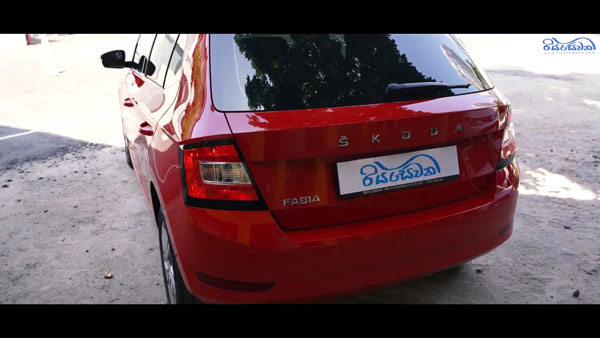
Figure 02: The rear-exterior view of the 2020 Skoda Fabia 3rd generation mini car.
Engine and Performance
Skoda Fabia vehicles came with both petrol and diesel engines throughout all its generations. Its third generation, which won the "Best Small Car" award in 2015, focuses more on comfort than performance. Since it is a family mini car, it was made to deliver an easy, relaxing drive. One of the most sold vehicles of this model in Sri Lanka had 1.2-liter inline-four-cylinder engines, which created a maximum power of 103 horsepower at 4600 RPM and a maximum torque of 175 Nm at 4000 RPM. This model uses a 7-speed dual-clutch transmission system to transfer the power and torque into the tires.
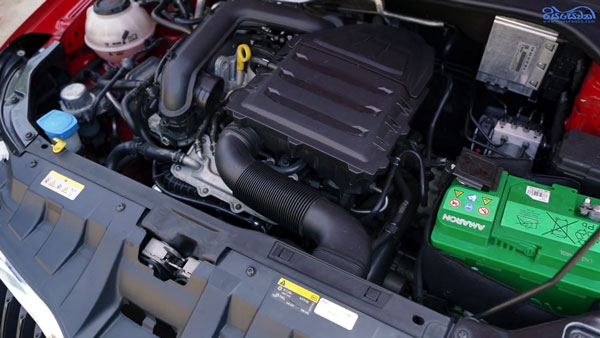
Figure 03: The 1.2-liter inline-four-cylinder engine of the 2020 Skoda Fabia 3rd generation mini car.
The acceleration of this vehicle is perfectly adequate for all types of driving. With its 7-speed automatic DSG gearbox, it can acquire the 0-100 kmph speed within 9.4 seconds. And this model can go up to a top speed of 196 kmph. The average fuel consumption of this engine would be around 15 kilometers per liter within a city, but when you're traveling on a highway or an open road, you can have an average fuel consumption of around 20-25 kilometers per liter. The recorded maximum fuel consumption of this vehicle was 29 km/l. When it comes to the maintenance and servicing of this vehicle, it should be serviced at least once a year. The recommended method is to service this vehicle for every 15,000 kilometers it travels. Servicing it might cost you around 60,000 LKR, depending on the oils you use and the condition of your vehicle.
Exterior and Interior
When it comes to the exterior of the Skoda Fabia, some might say that it has an outdated look for the 2020s. However, the Fabia has a sharper exterior styling that gives quality and a standard feel to the cabin. It has a unique set of swept-back halogen lights for its time, along with an old-school bulb setup as the DRL instead of a light strip. The front end of the Fabia has Skoda's latest grill design with active cooling vents in the lower bumper that are useful to improve efficiency when traveling at high speeds. It also has company-made fog lamps that can cut through any mist, fog, rain, or even dust to increase your visibility. It has a 15-rim set and tubeless tires, which are available anywhere. If we consider the brakes of this vehicle, Skoda Fabia has disk brakes on both the front and the back, which are enhanced by an Anti-lock Braking System (ABS). Another unique feature of this vehicle is that it has a company-made set of nuts installed in its door handles, which can only be removed by the original tool kit of the car. Therefore, no one would be able to wheel jack this vehicle while it is parked.
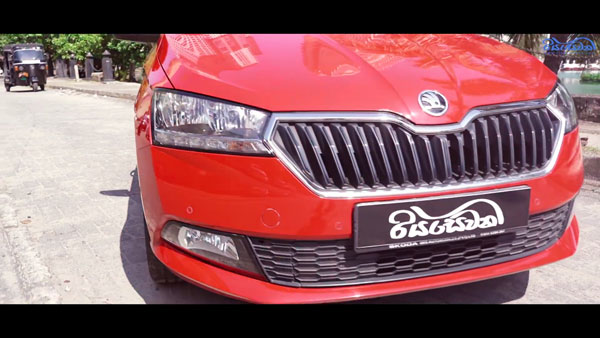
Figure 04: The front exterior of the 2020 Skoda Fabia 3rd generation mini car.
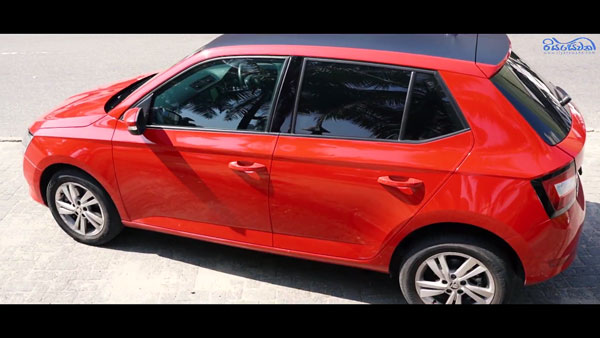
Figure 05: The side exterior of the 2020 Skoda Fabia 3rd generation mini car.

Figure 06: The rear exterior of the 2020 Skoda Fabia 3rd generation mini car.
As shown in Figure 06, the rear end of the Skoda Fabia has broader light clusters. This model has no sensors or a reverse camera on the back. It looks like manufacturers have forgotten that this is the 21st century. Since this is a hatchback vehicle, it doesn't have a vast back exterior, but it has plenty of space available in the back. Skoda Fabia has a decent 330-liter boot, including luggage hooks and useful compartments to keep your tools. It also has a removable boot shelf and a spot to keep the shelf while it's removed. If you fold the rear seats of this vehicle, you can increase its boot space to 1100 liters.
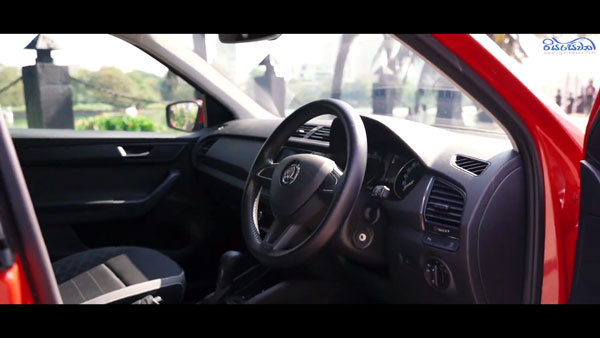
Figure 07: The front interior of the 2020 Skoda Fabia 3rd generation mini car.
If we consider the interior of the Skoda Fabia, unlike Japanese or European mini cars that have uncomfortable leather seats, it has seats that are made of a unique material that does not get cracked over time. It has good legroom and head space for the driver and all its passengers, but since this is a mini hatchback vehicle, you might not find enough legroom available if you’re tall. Your legs might also hit the steering wheel, and it will become challenging to drive the vehicle and get in and out of this vehicle through its doors. It has plenty of storage space available to keep your belongings. The center console houses the infotainment system of this vehicle, which has a DAB radio, Bluetooth, and a 6.5-inch color media display. Even though this model has no rear camera options, you can control everything else in this vehicle using this console.
The gauge cluster of this vehicle is also simple; it has a manual and digital mix, which is very efficient and informative to the driver. The driver can read the speed and RPM values from the gauge and get all other calculated details such as fuel consumption, economy, trip meter, mileage, and everything else from its display. The 3rd generation 2020 model has power mirror and power shutter controls available for the driver’s position, but the back doors of this vehicle do not have power shutters. The backseat passengers will have to open and close the shutters using the handles on the doors like in old cars.
Driving Experience
The Skoda Fabia has a great seating position for its driver, which provides perfect visibility at junctions, roundabouts, and traffic, with the help of its thin windscreen and middle pillars. The seat itself has plenty of shoulder support and adjustable lumbar support to keep the driver in a good posture on longer journeys. It also has a good turning radius, which makes taking U-turns easy. Since this is a family mini car, it moves so lightly, and ease of use is a built-in feature of this vehicle. The engine provides all the power you need for acceleration, overtaking, and city riding. With the size of this vehicle, it is so easy to maneuver in traffic and park in small spaces.
If we consider the safety measures of this vehicle, both front-seat passengers get airbags, and it also has some airbags available for side-impact collisions. The latest (4th Generation) Fabia was awarded five stars when Euro NCAP tested it in 2021 for its safety.
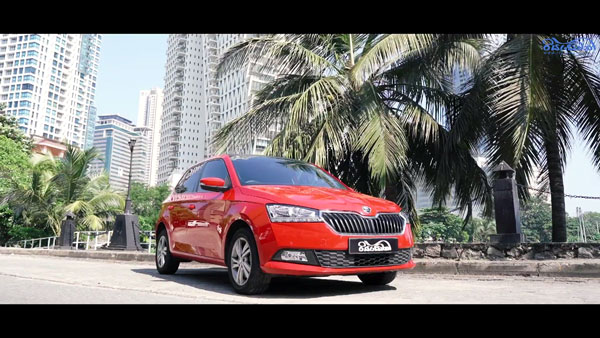
The current market value of the Skoda Fabia is around 3.3 - 4.0 million LKR, depending on its generation and model. You can find the latest price with more details and cars of this model for sale from the following link Skoda Fabia Latest Price
